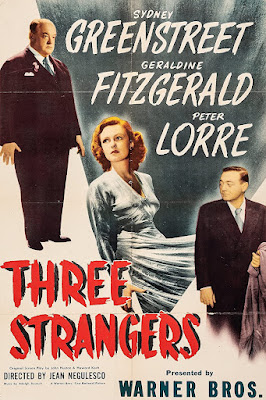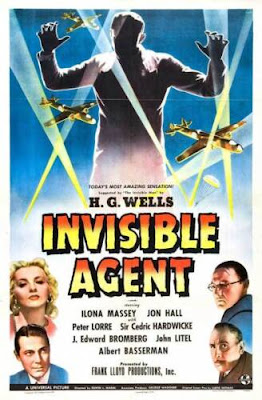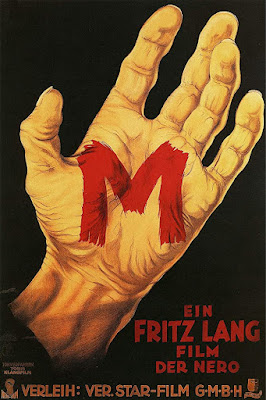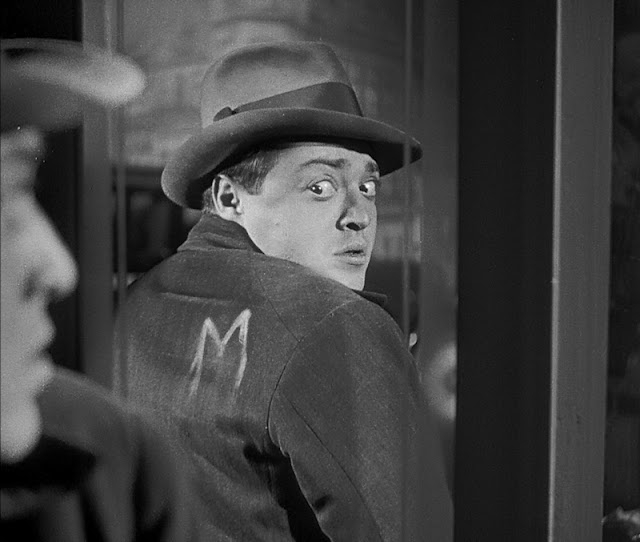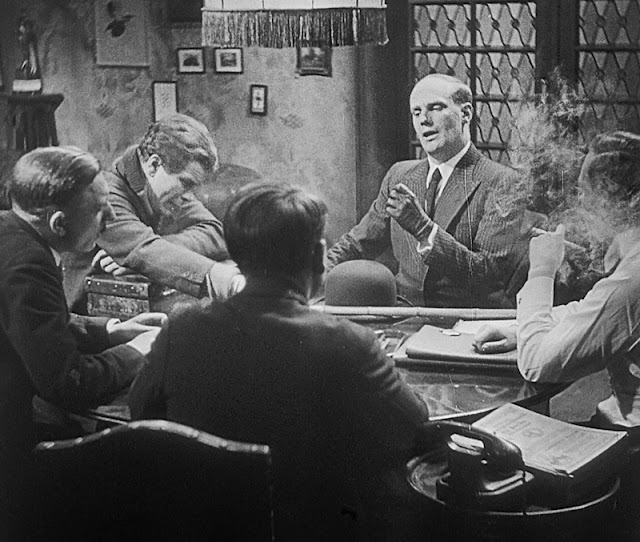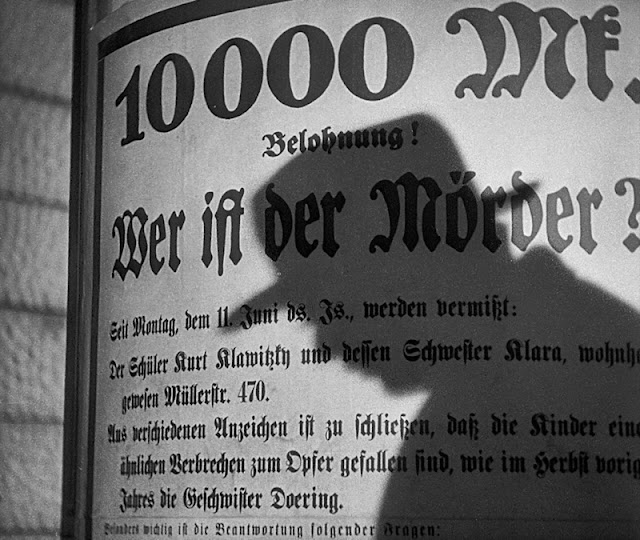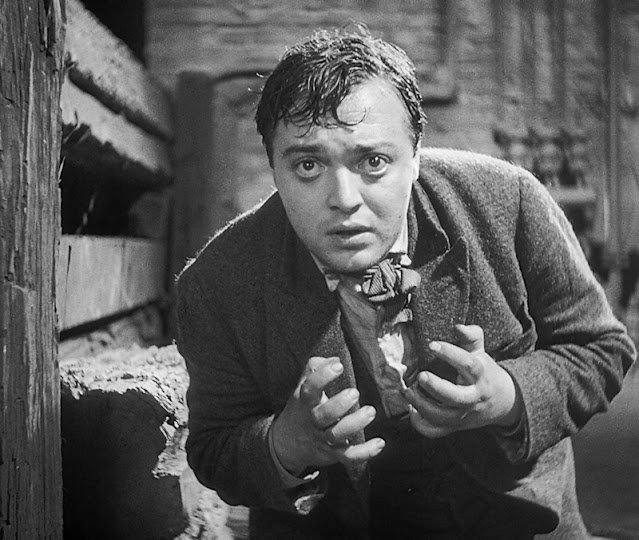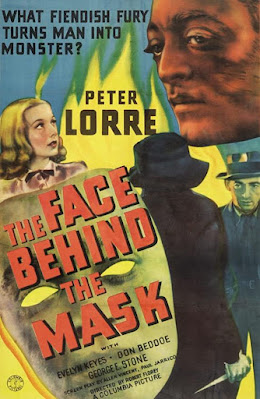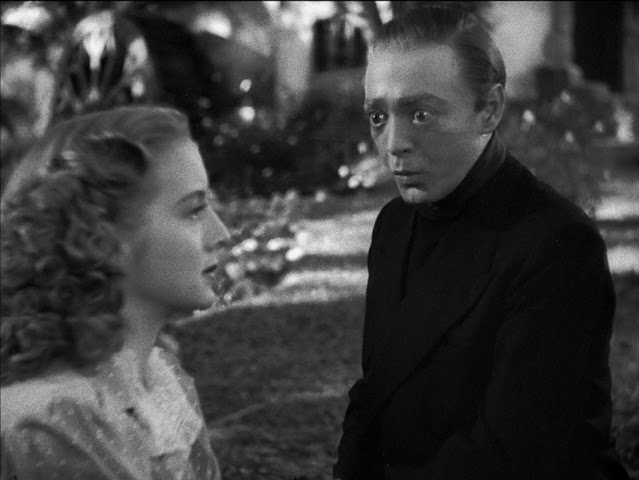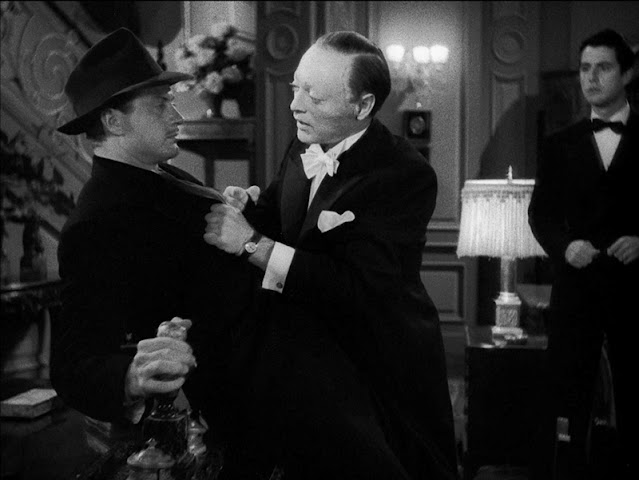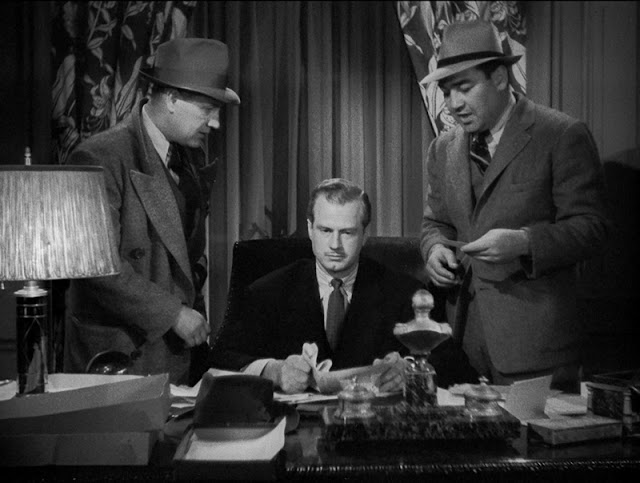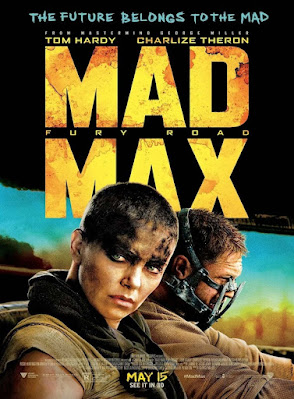Crime and Punishment (1935) Peter Lorre stars as Roderick Raskolnikov, an astute student of the criminal mind, in Josef von Sternberg’s adaptation of Fyodor Dostoevsky’s classic novel. Roderick doesn’t quite live up to his promise after graduating college, falling upon hard times. In a moment of desperation, he murders the owner of a pawn shop. Shortly afterward, his life starts improving, but he finds himself hounded by a jovial police inspector (Edward Arnold), who engages in a patient game of cat and mouse. Lorre is excellent as the clever but arrogant Raskolnikov, who rationalizes he’s above the law. But beneath that smug façade, he’s plagued with profound regret that an innocent man was sentenced for his crime.
Rating: ****. Available on Blu-ray and DVD
The Mask of Dimitrios (1944) A body washes up on the beach in Istanbul, belonging to the notorious criminal mastermind Dimitrios Makropoulos, who eluded the authorities for 20 years. But the story is just beginning for author Cornelius Leyden (Peter Lorre) who investigates the web of intrigue surrounding Dimitrios’ shadowy and sordid past. Cornelius soon crosses paths with Mr. Peters (Sydney Greenstreet), a mysterious man who wants to pool resources with him. Most of the story is told in flashback from those who knew him best, revealing a charming albeit manipulative and deceitful character. Is Dimitrios truly dead, or is faking his death just another one of his schemes? Watch and see.
Rating: ****.
Available on DVD
Island of Doomed Men (1940) Mark Sheldon (Robert Wilcos) goes deep undercover as convicted felon “John Smith” (You would think he’d choose something a little more original), to investigate the unsavory goings-on at Dead Man’s Island, owned by Stephen Danel (Peter Lorre). The remote isle is home to a forced labor camp, where parolees are given what they believe to be a second chance, only to be worked to death, digging for diamonds. Danel’s soft-spoken, genteel demeanor belies his sadistic nature and a compulsive need to control everyone and everything. His wife Lorraine (Rochelle Hudson) barely contains her contempt for her husband, who keeps her captive on the island (“So, Mr. Smith approves of my taste, huh? There’s only one thing that Mr. Smith doesn’t know. What I own, I keep. But he’ll learn. So will you.”). Lorre’s brilliant, nuanced performance makes this average potboiler something special.
Rating: ***½.
Available on DVD
Der Verlorene (aka: The Lost One) (1951) Peter Lorre’s sole directorial effort is a grim movie about medical researcher Dr. Karl Rothe (Lorre), living under an assumed name after he murders his fiancée. His past comes back to haunt him when Hösch (Karl John) an old colleague, discovers his whereabouts, working in a refugee camp. The film paints a bleak portrait of postwar Germany, where scarcity prevails. It’s not the easiest movie to find, but it’s well worth a look.
Rating: ***½.
Available on DVD (Import) and YouTube (For now)
Black Angel (1946) Kirk Bennett (John Phillips) is convicted of murdering singer Mavis Marlowe (Constance Dowling), but his wife Catherine (June Vincent) is convinced he’s innocent. Catherine teams up with Mavis’ estranged composer/songwriter husband, Martin Blair (Dan Duryea), posing as performers at a nightclub run by ex-con Marko (Peter Lorre). Lorre is at his oily best, as the shifty nightclub owner who just might have a link to the dead singer. This classic noir, filled with excellent performances and red herrings galore, keeps you guessing throughout.
Rating: ***½.
Available on Blu-ray and DVD
Three Strangers (1946) Crystal Shackleford (Geraldine Fitzgerald) a scheming woman who’s trying, by hook or crook, to reconcile with her estranged well-to-do husband (Alan Napier), hatches a plan to turn her life around. She makes a wish on Chinese New Year with two strangers, Johnny West (Peter Lorre), a ne’er do well who’s mixed up with some small-time criminals, and stuffy solicitor Jerome K. Arbutny (Sydney Greenstreet), who’s embezzled funds from his firm. They pool their resources on a horse race ticket with a potentially large cash payout. Complications ensue. Screenwriters John Huston and Howard Koch keep a lot of plates spinning (There are more than enough twists and turns for three movies) as the main characters’ lives intersect after a chance encounter.
Rating: ***½.
Available on DVD
The Boogie Man Will Get You (1942) Winnie Slade, a young woman (Jeff Donnell) purchases an historical home in the hopes of turning it into a hotel/tavern. Unfortunately for Winnie, the eccentric residents come along with the purchase price, and her annoying ex-husband Bill (Larry Parks) unexpectedly shows up. Boris Karloff plays absent-minded scientist Nathaniel Billings, tinkering with dream of making people fly. As his experiments fail, the bodies of door-to-door salesmen pile up. Peter Lorre plays the town’s mayor (who apparently wears many hats), Dr. Arthur Lorencz, who partners with Billings in his research. Judging by their interplay, it’s obvious Karloff and Lorre are having fun – if only the rest of the movie were half as enjoyable. The overly stagey movie is confined mainly to the house, and even at a scant 66 minutes, seems overlong.
Rating: **½.
Available on DVD (included in the Boris Karloff Collection and the Icons of
Horror Collection)
Invisible Agent (1942) This WW II-era quickie “suggested by H.G. Wells’ The Invisible Man ” (I think Mr. Wells would have suggested against this one) focuses on Frank Raymond (Jon Hall), grandson of the scientist who invented a formula for invisibility. After Axis spies attempt to take the formula from him, he agrees to help the U.S. military, under one condition – the formula can only be used on himself. He parachutes into Germany, teaming up with fellow spy Maria Sorenson (Ilona Massey) to find out about a planned invasion. Peter Lorre plays the sadistic and devious Japanese (!) agent Baron Ikito. While it isn’t without its goofball charms, this cut-rate entry in the Invisible Man series suffers from xenophobia and casual racism, keeping this one from being a guilty pleasure.
Rating: **½. Available on Blu-ray and DVD (included in The Invisible Man – The Legacy Collection)






